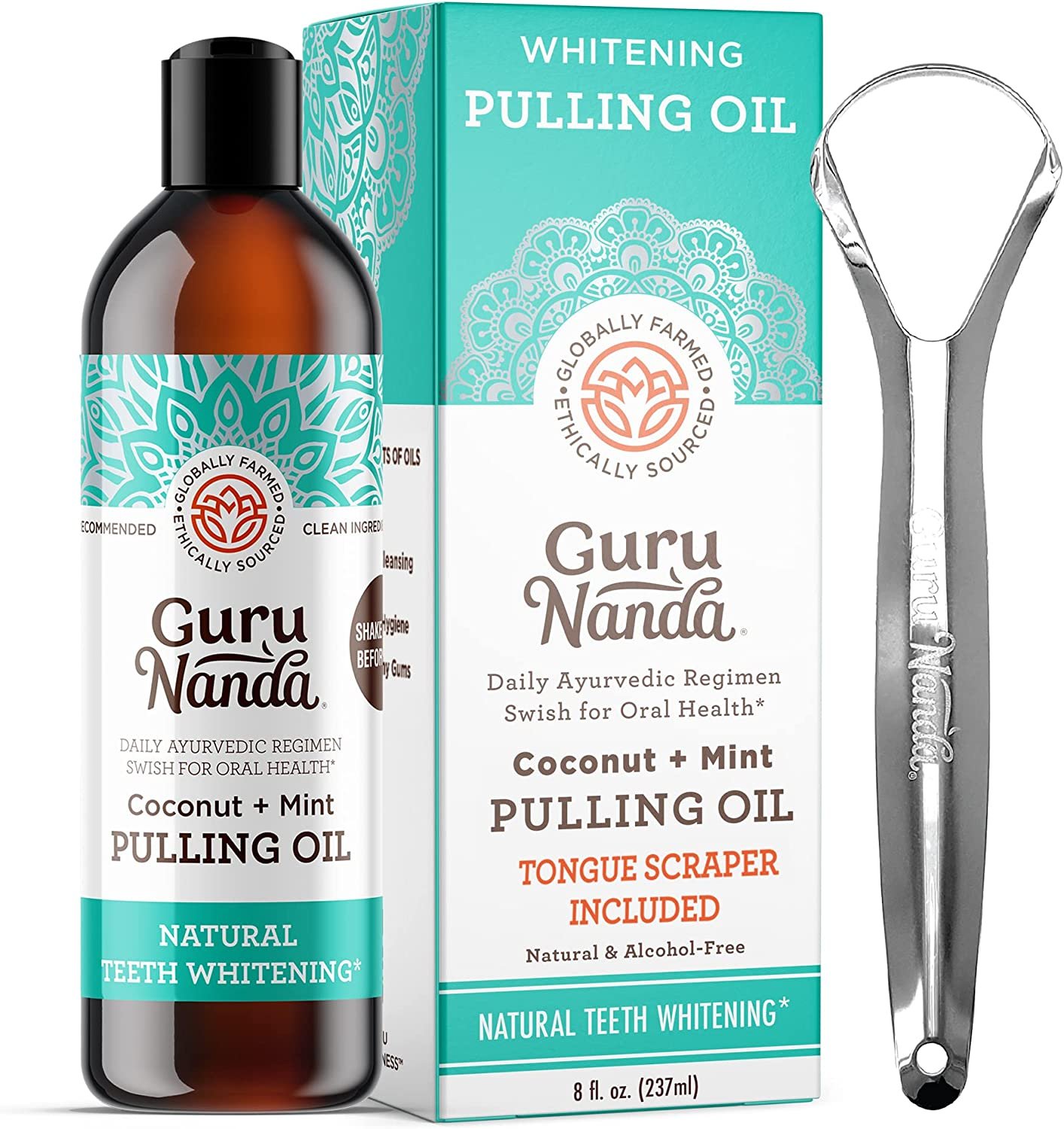The Best 6 Ways To Make Your Smile Whole Again
sharing is caring :)
Disclaimer: Je’Ana C. curates the Shades of Tatiana product selections. We only recommend products we genuinely love. If you buy something through our affiliate links, we may earn a small commission at no cost to you.
IMAGE SOURCE: PEXELS
You know what they say: a smile is a window to the soul.
There's a lot that a good dental routine can do for you. However, as some may know, it's not the solution to every problem. In some cases, there's been damage done, and you can't undo it nor fix it with the right toothpaste and toothbrush alone.
If your teeth aren't in their best shape, it can be hard to feel confident in your smile. But there are so many ways to make your smile whole again! Today we are sharing some of the options.
RELATED: How To Get Yourself Into a Good Dental Care Routine
Coconut + Mint Daily Whitening Pulling Oil For Teeth
CURRENT PRICE $16
01) Close the gap with dentures
One of the most common issues of all is a tooth that is entirely missing. In those cases, an option is wearing a denture. Dentures are not always a full set of teeth, although many people will associate them with that mental image. Dentures can be as few as a single artificial tooth, held in place both by the surrounding teeth and a plastic plate that rests against the palate. Dentures have some drawbacks but can be a highly effective replacement, especially in cases where there isn't enough jawbone to support a full dental implant.
02) Fill some space with a bridge
Dental bridges are attached much like a denture to cover a gap where a tooth is entirely missing. However, instead of being placed in via a plate that is held in place temporarily, bridges typically involve having a crown placed over a healthy tooth. Then the other artificial teeth of the bridge are connected to that tooth by a wireframe. Some bridges instead use resin to bond artificial teeth to existing teeth. A more stable alternative to dentures, they do require healthy and strong teeth that they can be attached to.
03) Implants for a stronger solution
If you're looking for a replacement for a missing or damaged tooth that isn't quite as easy to loosen as a denture and allows you to bite and speak with a lot more confidence, then you might want to consider getting a dental impact. If you check this site, you can see that implants are effectively the base of an artificial tooth, a metal post attached to your jawbone. On top of it, crowns, dentures, and other replacement teeth can be fitted onto it. You just need to make sure that you're eligible for them, which typically means you have enough jawbone to support adding them in.
DON’T FORGET TO SHARE :)
04) Bonding can fill in the issue
Of course, not all types of dental damage are as severe as a tooth that is either partially or entirely missing. Sometimes, you might just have a chip or a crack, and treatments such as cosmetic bonding can be just as effective. By applying compost resin to your teeth, the dentist can fill in superficial damage, leaving a smooth and natural-looking finish over your tooth, and can even treat discoloration. Its relative ease of application also makes it one of the quicker and more cost-effective options, but it's also somewhat limited in how much damage, exactly, it can repair.
05) Veneers provide the cover you need
If the damage is a little more severe than a small chip or a crack, but less severe than a missing tooth, then consider a veneer. Veneers are a shell of thin porcelain made to resemble a real tooth as perfectly as possible. The dentist fixes this shell onto your existing tooth by marking the real one with grooves and sticking it on top using an adhesive. Of course, anesthesia is applied to ensure you don't feel when the tooth is being grooved. Again, it won't help with the most extensive damage but cracks, chips, discoloration, and even some alignment issues can be treated with veneers.
06) Learn about crowns
Crowns can be included as a part of the treatments mentioned above. They are artificial replacement teeth that can be fitted either on top of a real tooth (which is usually worn down to make it easier to affix the crown) or on the post of a dental implant. How the crown is fit depends on the type of treatment you're going for, but they make for a very effective and natural-looking tooth replacement.
We hope the recommendations above point the way to some of the options that work best for your needs. However, a professional is going to be able to give you an honest assessment of what's going on with your teeth and gums and help you decide which option is right for you.
Have you tried any of these options? Let us know in the comments!










Ever wish your smile looked a little brighter? You’re not alone. A glowing smile boosts your confidence, lights up your face, and makes a great first impression. But everyday habits—like sipping coffee or tea—can dull your sparkle over time. The good news? You don’t need major changes to see results. With just a few smart tweaks, you can refresh your smile and keep it shining. Here are six easy ways to get started.